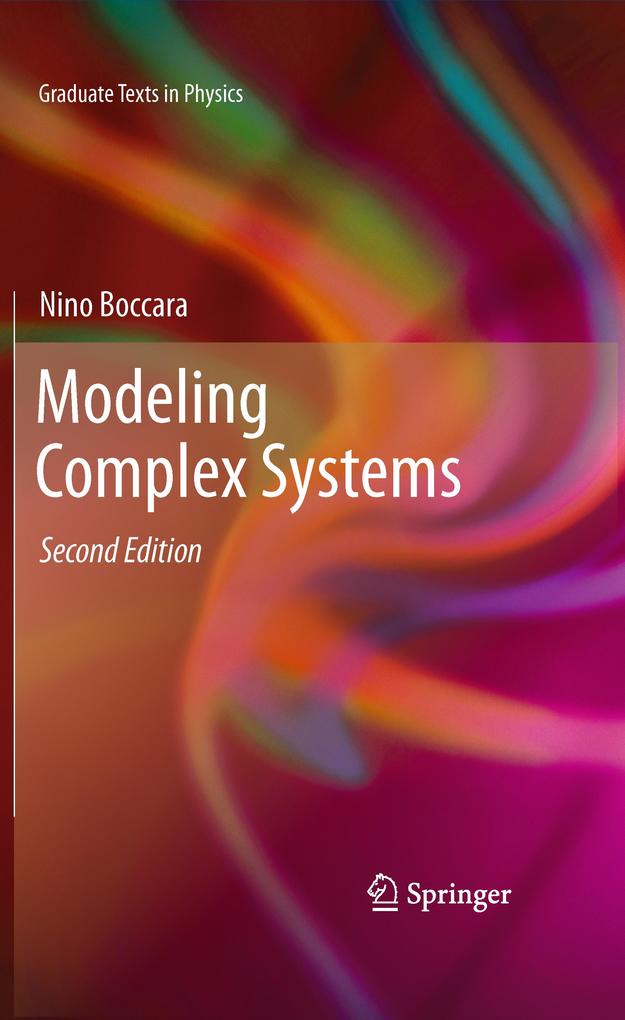The essential points of this ? rst chapter are The de? nition of a complex system The notion of emergence The de? nition of a model The notion of dynamical system This book is about the dynamics of complex systems. Roughly speaking, a system is a collection of interacting elements making up a whole such as, for instance, a mechanical clock. While many systems may be quite complicated, they are not necessarily considered to be complex. Today, most authors agree on the essential properties a system has to possess to be called complex. The ? rst section is devoted to the description of these properties. To interpret the time evolution of a system, scientists build up models, which are simpli? ed mathematical representations of the system. The exact purpose of a model and what its essential features should be is explained in the second section. The mathematical models that will be discussed in this book are dynami- 1 calsystems. A dynamical system is essentially a set of equations whose- lutiondescribesthe evolution, asafunction oftime, ofthe state ofthe system. There exist di? erent types of dynamical systems. Some of them are de? ned in the third section. 1 There is an extensive literature on mathematical modeling. The reader may, for example, consult [11, 88, 163, 233].
Inhaltsverzeichnis
How to Build Up a Model. - Differential Equations. - Recurrence Equations. - Chaos. - Spatial Models. - Networks. - Power-Law Distributions.










